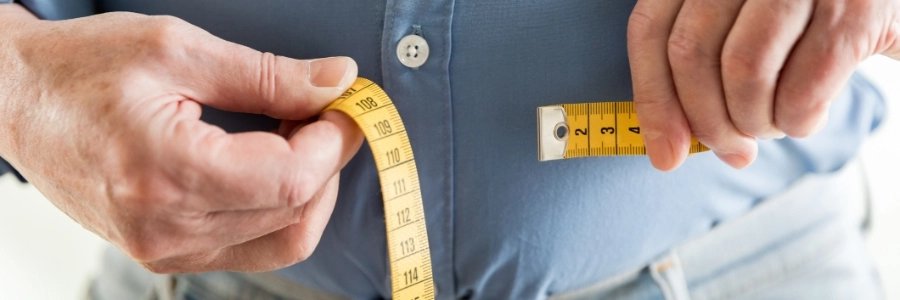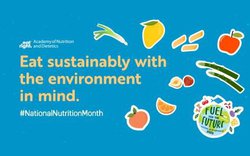
- Grazing:
Snacking and grazing are not one in the same. Planned snacks consisting of protein and fiber rich foods can be helpful for weight loss and meeting nutritional needs. Grazing means mindlessly nibbling on foods throughout the day between planned meals and snacks. This is a great way to take in too many calories. This habit often does not provide a full or satisfied feeling. When grazing, people tend to take tiny bites over a long period of time which ultimately allows a person to consume a large volume of food throughout that time frame. Regardless of if the food is nutritious or considered junk food, the result of grazing is usually going to be an excessive intake of calories.
- Liquid Calories:
Soda, juice, sports drinks and alcohol provide empty calories. These types of liquids provide minimal to no essential nutrients needed for a healthy body. Another problem with liquid calories is that they do not provide satiety (the feeling of being full or satisfied). This mean you will likely still feel the urge to eat the same amount of solid food even though you have consumed hundreds of calories from fluids.
- High Calorie Foods Choices Often:
Most dietitians will agree that we should all be able to enjoy all types of foods some of the time. Even things like desserts, chips and fast foods can fit into a healthy life style occasionally. The problem is when these types of things become routine food choices. Foods such as sweets, chips, fried foods and desserts provide hundreds, if not thousands of calories in a very small portion. For example: 1 piece of Oreo Cheese Cake may only be about 1 cup of food but could also provide up to 1600 calories! Another example is 8 ounces of potato chips could easily fit into the small stomach after surgery, but would also provide nearly 1300 calories. So, while these foods can be enjoyed in small amounts occasionally, it crucial to recognize the frequency of which these foods should be consumed and portion sizes of these types of foods. Save them for special occasions and celebrations.
- Drinking with Meals and Snacks:
This seems to be one of the most unique rules to follow after WLS. It is also one of the most important factors for maintaining portion sizes long term. We expect WLS patients to reach a portion size of approximately 8 ounces with in the first year after surgery. In order to maintain this small portion size for life after WLS, it is imperative to continue following this guideline. By drinking with meals and snacks, the solid food is likely to empty from the stomach very quickly which leaves people feeling hungry (leading to grazing) or allows people to eat much larger portions at each sitting.

